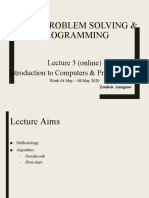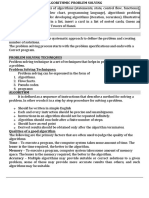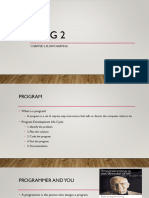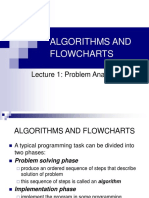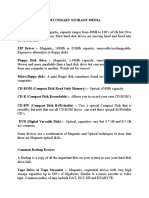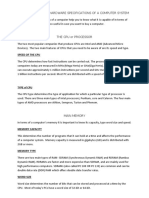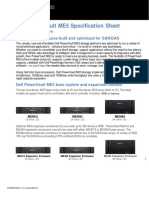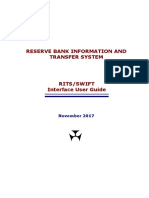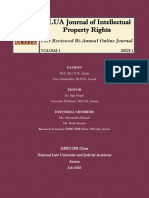0% found this document useful (0 votes)
26 views10 pagesAlgoritms
The document discusses pseudocode and flowcharts as methods for representing algorithms. Pseudocode uses English-like statements to outline program logic, adhering to syntax and semantics rules, while flowcharts visually depict algorithm logic through symbols and lines. It also covers control structures like sequence, selection, and iteration that dictate the order of instruction execution.
Uploaded by
OumotiaCopyright
© © All Rights Reserved
We take content rights seriously. If you suspect this is your content, claim it here.
Available Formats
Download as PDF, TXT or read online on Scribd
0% found this document useful (0 votes)
26 views10 pagesAlgoritms
The document discusses pseudocode and flowcharts as methods for representing algorithms. Pseudocode uses English-like statements to outline program logic, adhering to syntax and semantics rules, while flowcharts visually depict algorithm logic through symbols and lines. It also covers control structures like sequence, selection, and iteration that dictate the order of instruction execution.
Uploaded by
OumotiaCopyright
© © All Rights Reserved
We take content rights seriously. If you suspect this is your content, claim it here.
Available Formats
Download as PDF, TXT or read online on Scribd
/ 10















